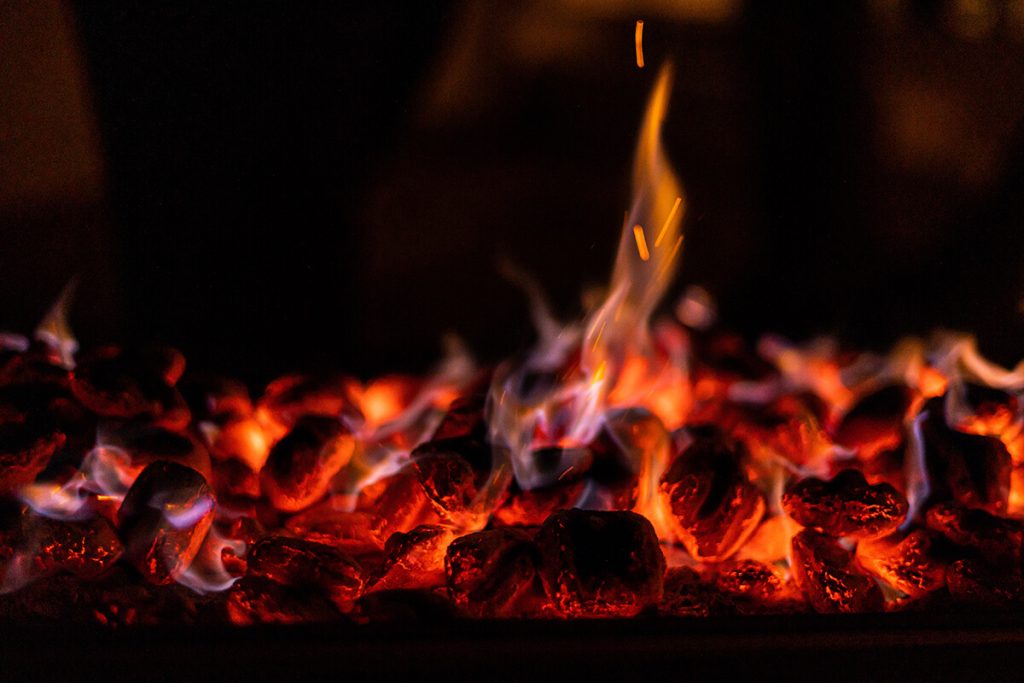
Scientific Information
Charcoal used for cooking, whether in the form of hardwood lump charcoal or charcoal briquettes, primarily consists of carbon-rich organic material that has undergone a process called carbonisation. While charcoal itself is primarily composed of carbon, the process of making charcoal can result in various chemical components and compounds. Here’s an overview of the chemical ingredients found in charcoal for cooking. The primary chemical ingredient in charcoal for cooking is carbon, with small amounts of other elements and compounds that may be present due to the carbonization process or the source material used. The combustion of charcoal in the presence of oxygen is what provides the heat necessary for cooking, along with the potential to impart unique flavours to the food being prepared.
Carbon is the primary component of charcoal, typically making up over 70-90% of its composition. It is the carbon content that gives charcoal its ability to burn at high temperatures and produce heat for cooking.
Hydrogen is present in charcoal in small quantities, usually less than 5%. It is a by product of the carbonisation process and contributes to the overall chemical makeup of the charcoal.
During carbonization, oxygen is driven out of the organic material as gases, leaving behind a lower oxygen content in the final charcoal product. Oxygen content is typically less than 10%.
Nitrogen is also present in charcoal, though in relatively small amounts, often less than 2%. Nitrogen can contribute to the overall combustion process and may play a role in the production of specific flavours during cooking.
These are organic chemicals that can vaporize at relatively low temperatures. During the carbonization process, some volatile compounds, such as methanol and acetone, are released as gases. These can impart flavors to the food being cooked.
Ash is the inorganic residue left behind when charcoal burns. It is not a chemical compound but rather a mixture of various minerals, including calcium, potassium, magnesium, and silica. The ash content of charcoal varies depending on the type and source of the wood used.






